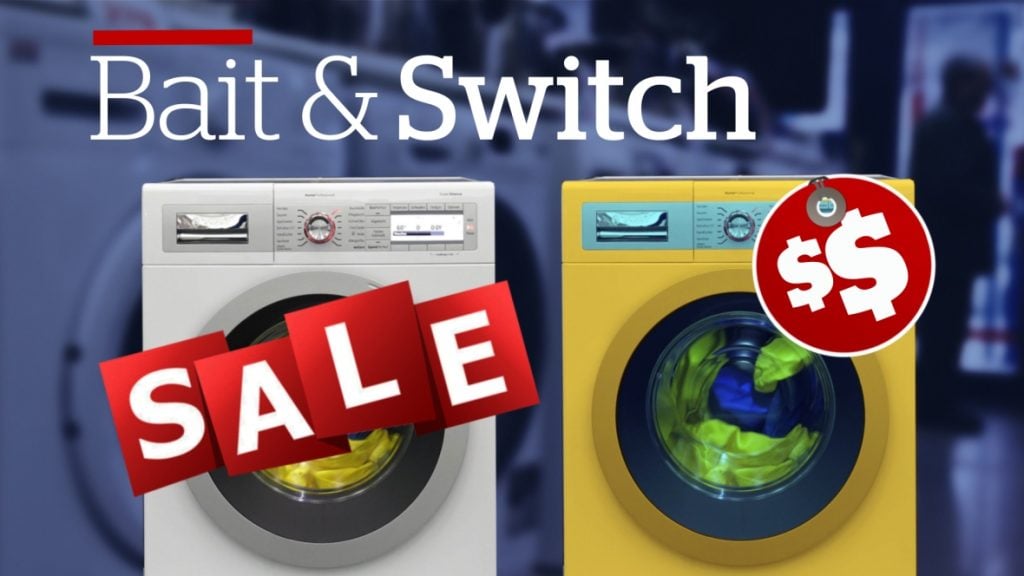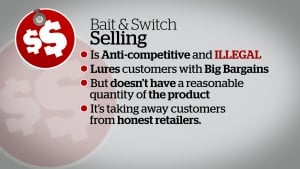What is Bait-and-switch?
Bait-and-switch is a deceptive marketing technique that is considered to be a form of fraud. In general terms, the technique tricks a customer into buying a more expensive product instead of the one that was initially advertised.
The essence of the technique
The technique can be divided into two stages that reflect upon its name:
The ‘Bait’ stage. A customer is offered a product at a price that is exceptionally low. The offer appeals to the customer and they arrive at the business or visit the business’ website. Once there, a customer learns that the product offered is either no longer available or the customer does not qualify for obtaining the product at the advertised price. This creates the ‘disappointment’ effect as the customer doesn’t want to spend their time in vain and return empty-handed.
The ‘Switch’ stage. As the advertised product can no longer be obtained, a substitute may be offered. In the case of bait-and-switch, this is a more expensive product that addresses the same needs of the customer as the advertised one. As a result, the business makes use either of the information provided by the potential customer or of their attention, and sells an expensive good instead of the cheap one.
Let’s see an example:
Let’s say Mary needs a hairdryer and sees an ad on the Internet that offers one for just $9.99. She follows the link and arrives on a website. However, there it says that the item is out of stock and another hairdryer for $29.99 is offered instead of it. As Mary still needs one, she purchases the hairdryer for $29.99 and pays $20 more than she initially intended.
If the hairdryer for $9.99 has never been in stock, this is bait-and-switch situation. The initial ad was used only as a bait to lure customers into visiting the website.
Bait-and-switch is considered illegal in the U.S. In other countries such actions may be regarded as dishonest. The technique should be avoided as it results in customers’ dissatisfaction and decreases customer’s trust to the business.
If you run a small business, you can do well without employing the bait-and-click technique. Learn more by reading these articles that provide a lists of tools and tips for successful and honest marketing.
If you have other definitions and additional information about bait-and-click, feel free to share your thoughts in the Comments section. This will be much appreciated!
Related terms: marketing, sale, advertisement.
References and further reading:
- Bait-and-switch – Wikipedia.
- Bait-and-switch. Definition at SEO glossary.
- Bait-and-Switch. Examples and Discussion.
- What is the "bait & switch" technique? – Investopedia.
- Bait and Switch. Bait and Switch explained.
- I-TIP: Avoid the bait and switch – CBC News.
- Bait and switch Definition and use at Investor Dictionary.

